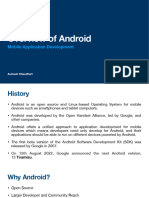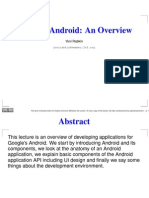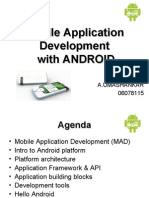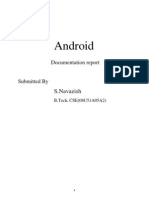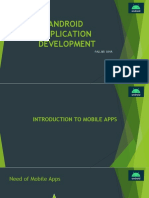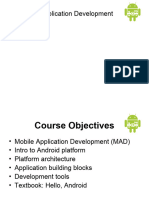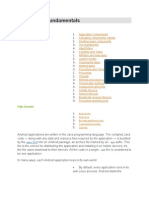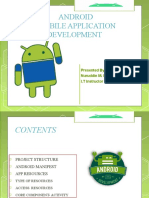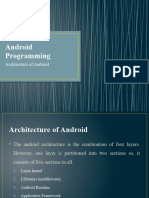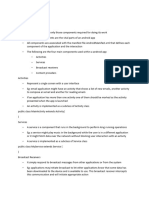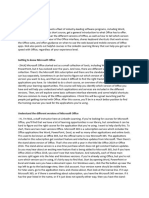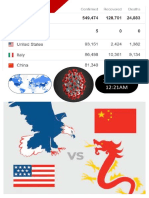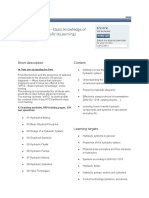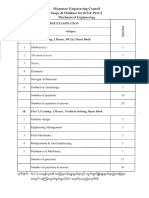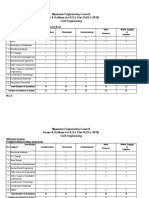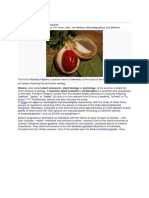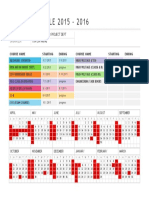0% found this document useful (0 votes)
43 views33 pagesAndroid Lecture3 PDF
This document provides an overview of Android application development. It introduces key concepts like the Android system architecture, application components, and the development toolchain. The agenda covers the system architecture, a basic "Hello World" application, application components like Activities and Services, practical concerns around storage, packaging and resources, and using the Eclipse IDE and emulator for debugging.
Uploaded by
Tun Lin NaingCopyright
© © All Rights Reserved
We take content rights seriously. If you suspect this is your content, claim it here.
Available Formats
Download as PDF, TXT or read online on Scribd
0% found this document useful (0 votes)
43 views33 pagesAndroid Lecture3 PDF
This document provides an overview of Android application development. It introduces key concepts like the Android system architecture, application components, and the development toolchain. The agenda covers the system architecture, a basic "Hello World" application, application components like Activities and Services, practical concerns around storage, packaging and resources, and using the Eclipse IDE and emulator for debugging.
Uploaded by
Tun Lin NaingCopyright
© © All Rights Reserved
We take content rights seriously. If you suspect this is your content, claim it here.
Available Formats
Download as PDF, TXT or read online on Scribd
/ 33

